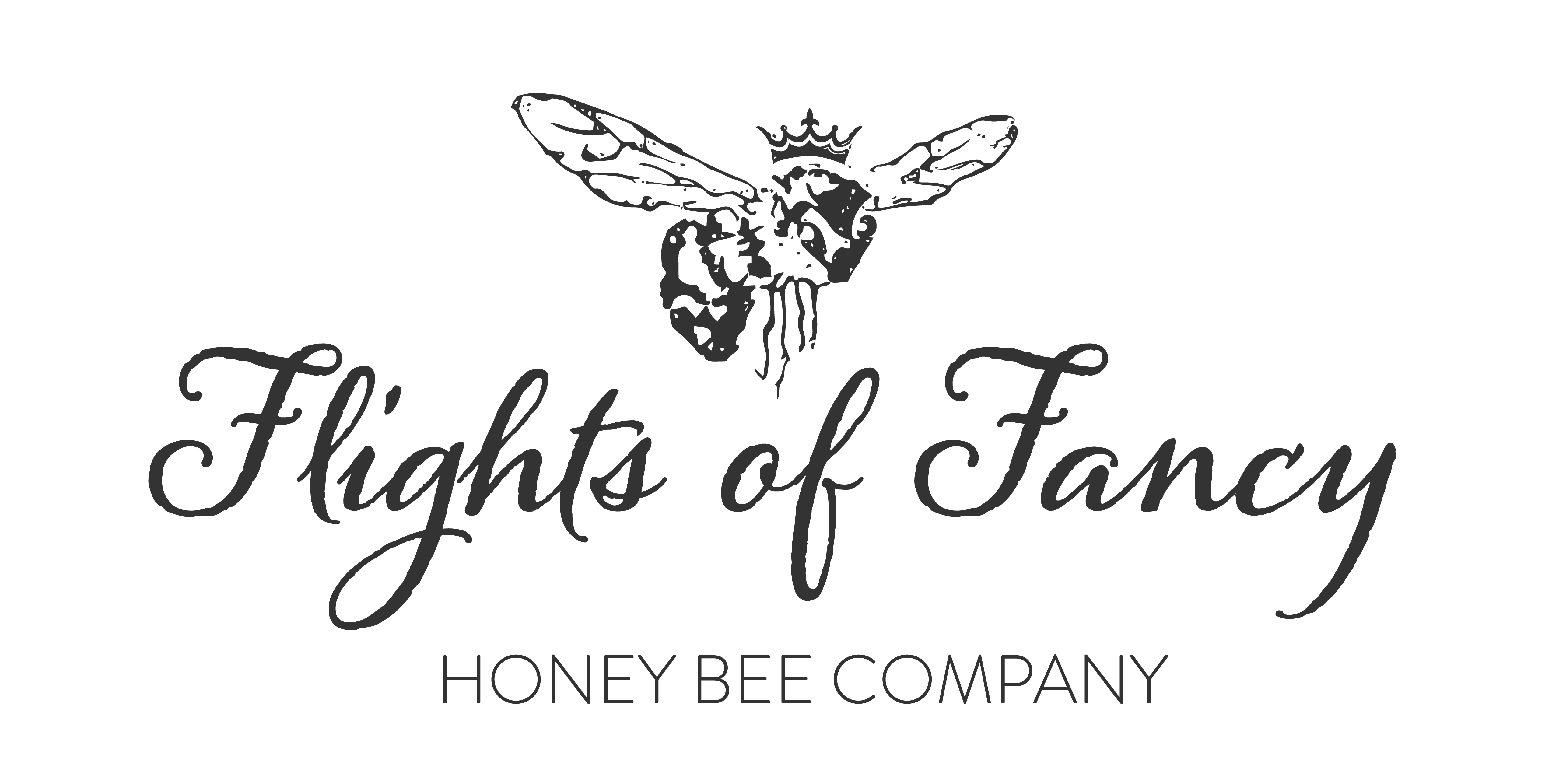Let’s Feed Some Bees: Year Three

Two years ago, on the first day of Spring, Flights of Fancy launched the Let’s Feed Some Bees campaign. Between March 20th and May 31st, 2021, every online and in-person order included a free packet of pollinator seeds. There were two types of seeds to choose from: sunflower seeds and purple tansy seeds.
Over the course of the program last year, enough seeds to create 105 pollinator gardens were distributed.
Starting March 20, 2023, and lasting until June 1, 2023 (while supplies last), the Flights of Fancy ‘Let’s Feed Some Bees’ program is expanding. Every purchase made in-person or online will receive a packet of pollinator seeds, and now there are six different varieties to choose from! Shop Now!
The program hopes that you will plant these packets of pollinator seeds wherever possible, and your garden, hedge or any free space available will be rewarded with a summer full of wonder as local bees, butterflies, and even hummingbirds visit the plants you’ve grown!
Together we will be working to create much-needed food and habitat resources for species that, let’s face it, could really use a helping hand right now.
NEW: Six Seed Varieties To Choose From
There are six seed varieties available to choose from and each has special benefits for native pollinators, local honey bees, and your soil!
Free Gift Option One: Purple Tansy Seed

Free Gift Option Two: Sunflower Seeds

Free Gift Option Three: Borage Seeds

Free Gift Option Four: Sainfoin Seeds

Free Gift Option Five: Buckwheat Seeds

Free Gift Option Six: Dutch White Clover

Learn to grow Dutch White Clover
Who Will You Be Helping?

Native Bees:
Let’s Feed Some Bees Year Three, will benefit native bees. Native bee species visit multiple pollen and nectar sources per trip, unlike honey bees, and will visit individual or small groups of plants. Some solitary native bee species use plants as a home or resting place and as shelter from cold or rainy weather. For example, the long-horn bee in the photo took up residence in my sunflower patch and tucked itself in between petals at sunset. It would groom itself at sunrise and move from bloom to bloom as sunflowers faded. Ensure you seed successively for blooms from August through late September.
Hummingbirds:
It’s not just honey bees and natives that will visit your garden, you’ll see hummingbirds as well! Most people associate hummingbirds with bright red liquid feeders but hummingbirds are pollinators too, and they love to visit flower and vegetable gardens sampling the different natural nectar sources.
Hummingbirds are highly territorial and feeders can be a competitive place, by growing nectar-producing plants throughout your yard, you will be increasing the food resources over a larger and more spread-out area. Want to feed hummingbirds but not sure if they will visit sunflowers?
The ones by my house sure do! I have three feeders up but the most hummingbird squabbles happen over my patch of sunflowers. Did you know that they will puff themselves up to the size and look of a golf ball, make a high-pitched war cry and charge their competitors? Neither did I until I saw it with my own eyes and then spent a few hours Googling it.
Butterflies & Moths:

Pollinators like butterflies and moths consume nectar and pollen and transfer pollen from bloom to bloom, similar to bees. Some species even have pollen patches on their legs. Personally, I find butterflies fascinating. While I connect more with honey bees’ task-oriented nature, butterflies surpass bees in migration journeys that demand drive and direction.
Moths as well, seem to be overlooked and underrated, just take the hummingbird, bumblebee, and luna moths for example. The first two species imitate hummingbird movements and resemble them, even feeding on nectar from the same plants during the day. The luna moth, with its bright green color and creamy white markings, looks like a butterfly and has similar wing shape. They are nocturnal but can also be seen resting during the day.
Go The Extra Mile: Add a Watering Station

Although nectar is a fluid, pollinators still need a reliable source of clean, fresh, accessible water. Creating and maintaining one or several watering stations is quick and easy and will not only add interesting features but will bring life into your garden. You’ll love watching all of the different insect species collect water but also how they interact with each other and the effects of their presence on your nearby plants.
A watering station can be as simple as filling a birdbath with river pebbles or clean gravel. You can also use water trays meant to fit under flowerpots, doing the same, filling them with pebbles or gravel. You can use natural mosses along the edges or use pebbles to make a gradual slope, with a rise in the center. The important thing to keep in mind is that the water levels need to be kept shallow. You should include gravel or pebbles that breaks above the surface. This provides pollinators somewhere to land and if they fall in, they can get themselves out without drowning.
To avoid mosquito larvae, freshen the water every other day or so, also you will find that it will need to be refilled just as often since the water level is being kept low.
By adding some food sources, shelter, and water, you will be helping native pollinators and honey bees alike, and by doing so will make your garden a fascinating and magical place to spend time.
Let’s Feed Some Bees Year Three!
About The Author
wilding.stephanie
Related Posts
7 Heavenly Honey and Tea Combinations to Try on National Tea Day
Looking for a way to celebrate National Tea Day? Check out our blog post featuring…
April 8, 2023The Power of White Clover: How This Humble Plant Can Benefit Pollinators and Your Soil
The Power of White Clover: How This Humble Plant Can Benefit Pollinators and Your Soil…
March 27, 2023



